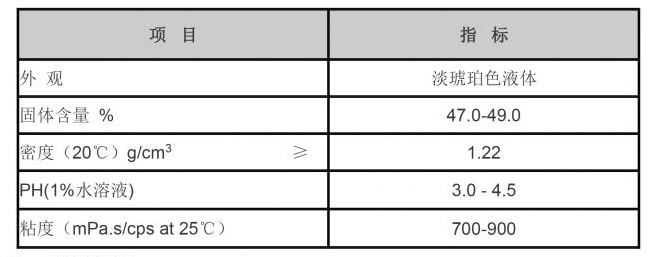Polyaspartic Acid Sodium Salt - High-Performance Biopolymer
Polyaspartic Acid Sodium Salt A Multifunctional Polymer for Diverse Applications
Polyaspartic acid sodium salt is a unique polymeric compound derived from the amino acid aspartic acid. Known for its versatile properties and applications, this sodium salt form of polyaspartic acid has gained significant attention across various industries, including agriculture, cosmetics, pharmaceuticals, and construction.
Polyaspartic acid itself is a biodegradable and environmentally friendly polymer. It is a polyamino acid that is produced through the polymerization of aspartic acid, which is a naturally occurring amino acid found in many proteins. The sodium salt form is created through neutralizing polyaspartic acid with sodium hydroxide, which enhances its solubility in water and broadens its usability in different formulations.
One of the standout features of polyaspartic acid sodium salt is its excellent chelating ability. This means it can form stable complexes with metal ions, which makes it valuable in various applications. In agriculture, for instance, this property allows it to be used as a fertilizer additive. By chelating essential nutrients like iron and zinc, polyaspartic acid sodium salt aids in enhancing nutrient uptake by plants, promoting better growth and increasing crop yields.
In the cosmetic industry, polyaspartic acid sodium salt is utilized for its moisture-retaining properties. It acts as an effective humectant, drawing moisture from the environment into the skin. This creates a hydrating effect that is beneficial in skin care products, especially in formulations designed for dry or sensitive skin. Additionally, its biodegradable nature appeals to consumers looking for sustainable and eco-friendly beauty solutions.
polyaspartic acid sodium salt

The pharmaceutical industry also benefits from this polymer’s properties. Polyaspartic acid sodium salt has been explored for use in drug delivery systems. Its biocompatibility and biodegradability make it an ideal candidate for developing controlled-release formulations, potentially improving the effectiveness and safety of therapeutic agents. Researchers are investigating its use in creating nanoparticles for targeted drug delivery, which could revolutionize treatments for various diseases.
In construction, polyaspartic acid sodium salt has been applied in coatings and sealants. Due to its excellent adhesion and durability, it is used to create protective layers that safeguard surfaces against moisture and chemical damage. This is particularly useful in industrial settings where equipment and structures need to withstand harsh conditions.
Despite these beneficial traits, challenges remain regarding the production costs and scaling of polyaspartic acid sodium salt for wider commercial use. Ongoing research aims to optimize synthesis methods to make them more cost-effective and environmentally benign.
In summary, polyaspartic acid sodium salt is a multifunctional polymer with multifarious applications spanning agriculture, cosmetics, pharmaceuticals, and construction. Its unique properties such as biodegradability, moisture retention, and chelation capabilities position it as a valuable ingredient in sustainable products. As research and development continue, the potential for this compound to contribute to innovative solutions in diverse fields is immense. The future of polyaspartic acid sodium salt appears promising, with opportunities for enhanced performance and environmental sustainability.
-
Water Treatment with Flocculant Water TreatmentNewsJun.12,2025
-
Polymaleic AnhydrideNewsJun.12,2025
-
Polyaspartic AcidNewsJun.12,2025
-
Enhance Industrial Processes with IsothiazolinonesNewsJun.12,2025
-
Enhance Industrial Processes with PBTCA SolutionsNewsJun.12,2025
-
Dodecyldimethylbenzylammonium Chloride SolutionsNewsJun.12,2025





